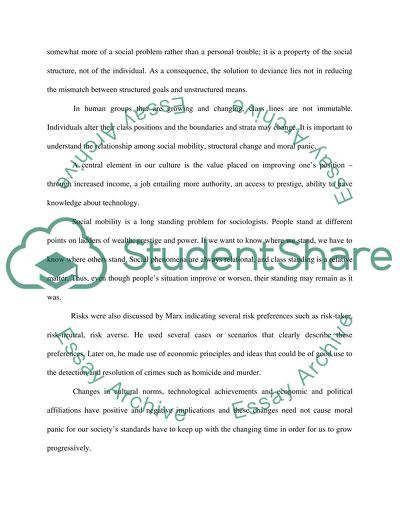Cite this document
(“Describe and assess marxist approaches to crime Book Report/Review”, n.d.)
Retrieved from https://studentshare.org/sociology/1516932-describe-and-assess-marxist-approaches-to-crime
Retrieved from https://studentshare.org/sociology/1516932-describe-and-assess-marxist-approaches-to-crime
(Describe and Assess Marxist Approaches to Crime Book Report/Review)
https://studentshare.org/sociology/1516932-describe-and-assess-marxist-approaches-to-crime.
https://studentshare.org/sociology/1516932-describe-and-assess-marxist-approaches-to-crime.
“Describe and Assess Marxist Approaches to Crime Book Report/Review”, n.d. https://studentshare.org/sociology/1516932-describe-and-assess-marxist-approaches-to-crime.


